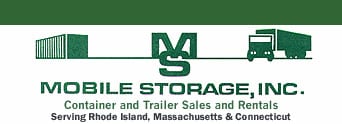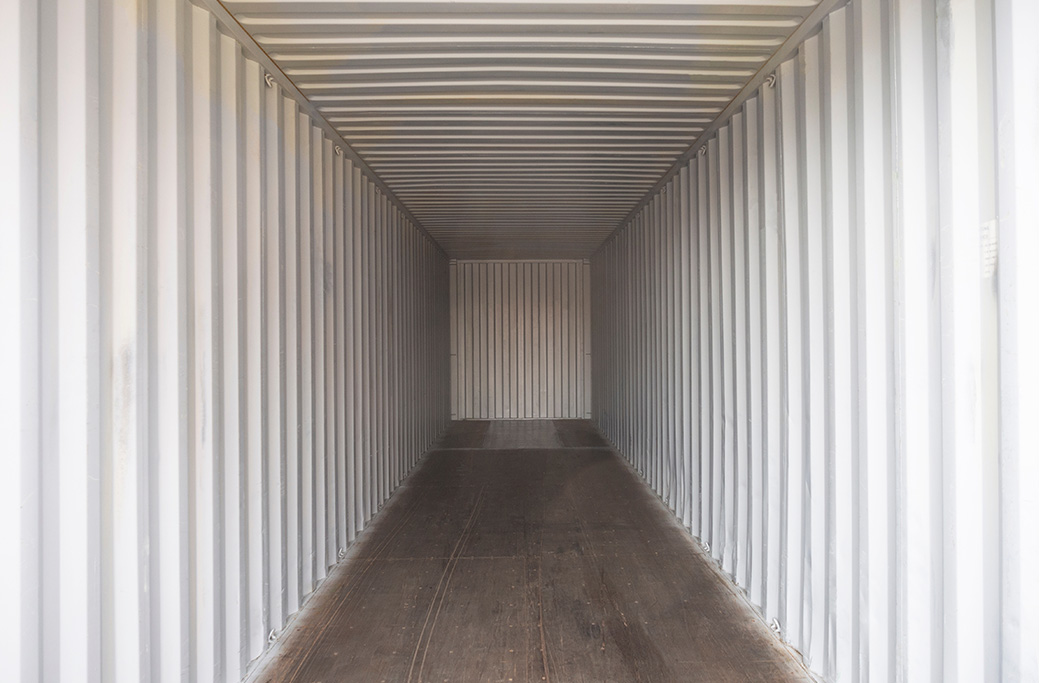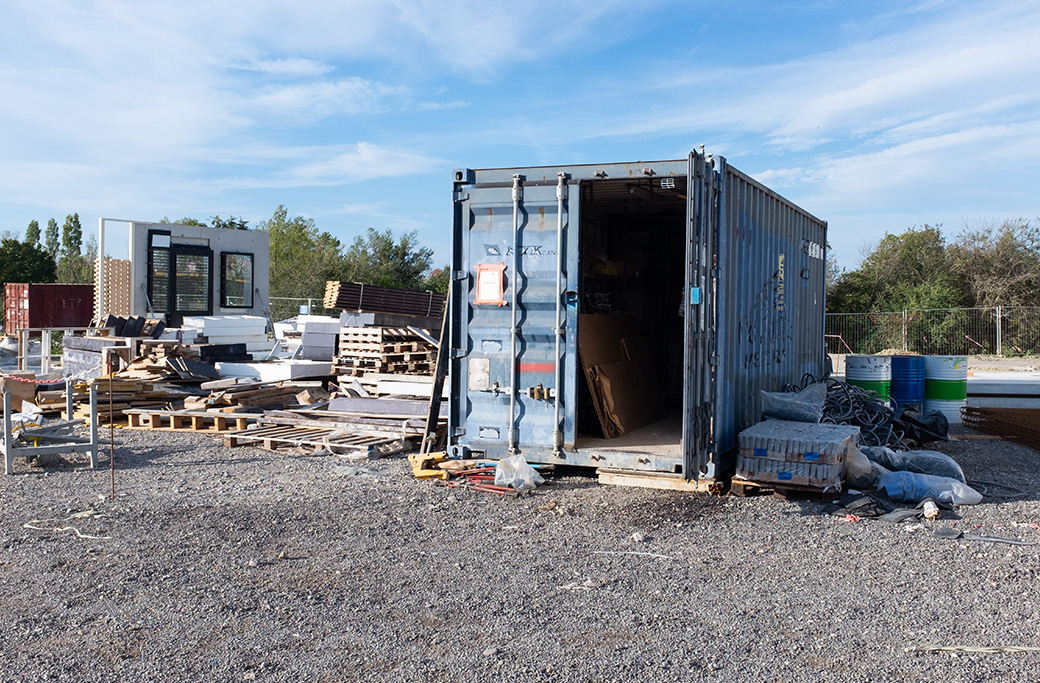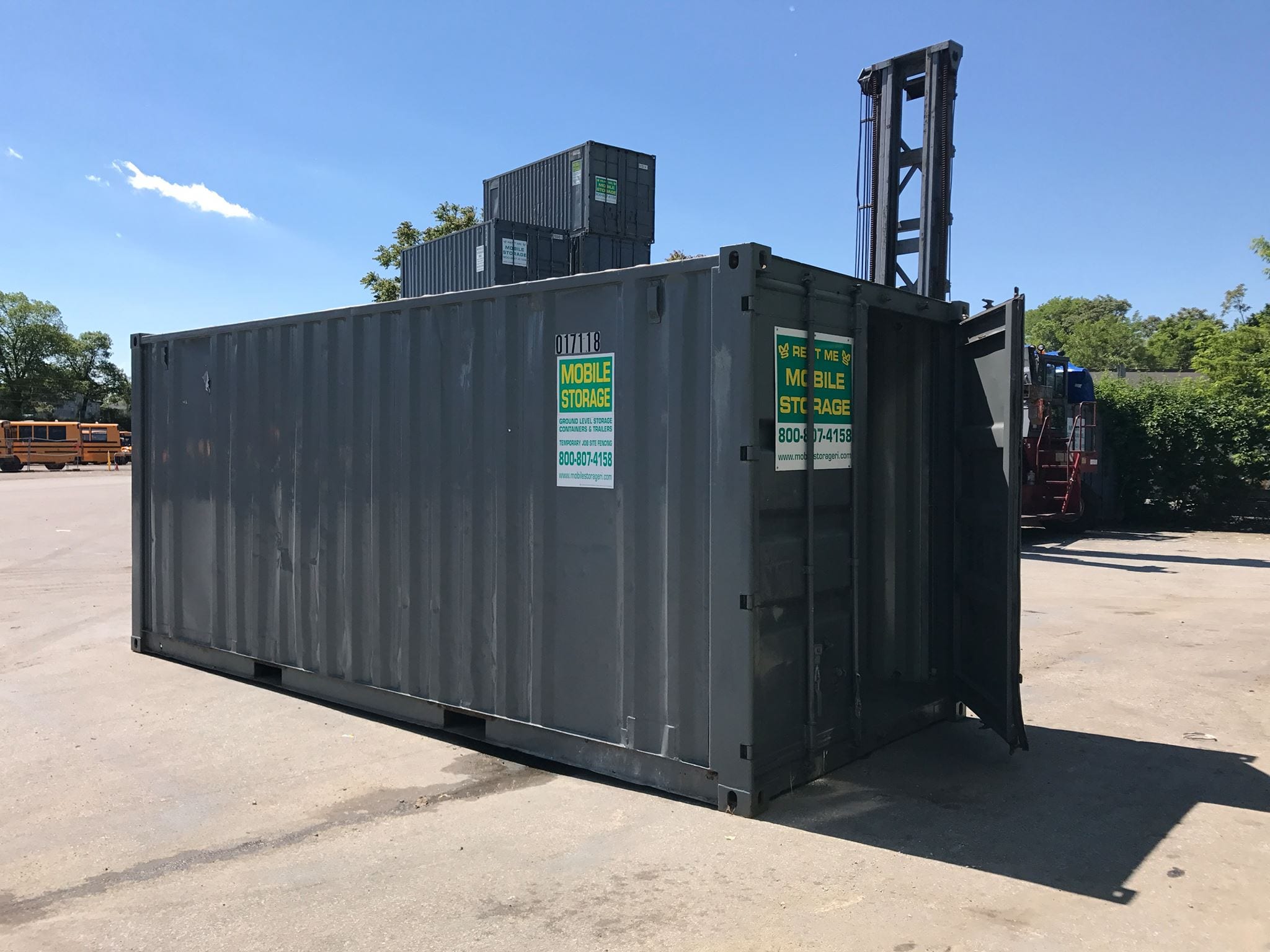A cluttered home can lead to a cluttered mind, and the truth is, most of us could use a little help in streamlining our living spaces. Here, in the often-neglected realms of basements, attics, and garages lies a goldmine of organizing potential: the onsite storage space. When properly utilized, these areas can be a cornerstone of household efficiency and a buffer against the chaos of daily life. In an age where we have more possessions than ever, optimizing your storage can be a transformative step toward reclaiming your space and, by extension, your peace of mind.
Assessing Your Storage Needs
The first step to revamping your onsite storage is conducting an in-depth evaluation of your needs. Determine what items you truly need to keep in the space and what could be donated or discarded. Take stock of the seasonal items you access infrequently and consider if they need the prime real estate of your most accessible storage spots. Remember, the goal is not just to store, but to be able to retrieve items with ease.
Evaluating the Items You Need to Store
Begin by sorting your possessions into categories. This includes:
-
- Items to keep in daily use
- Seasonal items
- Long-term storage
Consider whether there are items that can be put on rotation and stored in an accessible way to make better use of space.
Determining the Available Space
Measure the square footage, and more importantly, the height of your storage area. This will be essential for planning vertical storage solutions. Also, check for any limitations such as uneven floors or low ceilings that may affect the type of storage you can install.
Planning Your Storage Layout
Once you’re clear on what you need to store and the space at your disposal, it’s time to strategize. Visualization is key; consider mapping out the area on paper. Designate specific zones for different categories of items. For instance, you might dedicate a corner to outdoor gear, a wall to tools, and shelving units to seasonal decor.
Categorizing Items and Creating Zones
Use a strategic approach when separating and allocating space. If something new is being added, ensure it has a designated spot. This way, you can easily see when you’re reaching capacity in a specific category or area.
Utilizing Shelving and Storage Solutions Effectively
Invest in durable, adjustable shelving that can grow with your storage needs. Clear bins are preferable to cardboard boxes, as they allow you to see the contents without having to open them, and can be easily labeled for identification.
Optimizing Storage Techniques
Make the most of every inch in your onsite storage. This means looking up – utilize the full height of your space with tall shelving or hanging racks.
Vertical Storage Solutions: From tall bookshelves to hooks and pegboards on walls, you’ll be surprised how much space you can free up on the floor by going vertical. This technique not only maximizes space but also makes organization more efficient.
Utilizing Clear Containers and Labels: One of the most satisfying elements of an organized storage space is the ease with which you can locate items. Clear containers combined with detailed labels make it a cinch to find and return items where they belong.
Maximizing Wall and Ceiling Space: Never underestimate the value of a bare wall in a storage space. Wall-mounted storage cabinets and units help to keep the floor space clear, while overhead storage racks can keep bulkier items safely tucked away.
Implementing Organizational Systems
Creating and sticking to a clear organizational system may initially seem like a hassle, but the long-term payoff is worth the effort.
Creating an Inventory System: While it doesn’t have to be as complex as a store’s inventory system, having a list of what’s in your storage can be invaluable. You might use a simple spreadsheet, photographs, or even a mobile app to keep track.
Using Color-Coding or Numbering Systems: This can be particularly useful for shared storage spaces. Assign each category a color or number and mark your storage accordingly. This decreases the likelihood of misplaced items and simplifies the process of putting things back.
Maintaining and Updating Your Storage Space
The challenge isn’t just in setting up an efficient storage system; it’s in maintaining it. Be proactive about decluttering: if you haven’t used something in the last year, it may be time to let it go.
Regular Decluttering and Purging: Plan a seasonal review of your storage space to reassess what items you are actually using. Take advantage of natural purging opportunities to keep your space from reaching maximum capacity.
Reevaluating and Adjusting Storage Systems as Needed: As the contents of your storage evolve, so too should your system. Be open to adjusting or even completely overhauling your storage layout if it no longer serves your needs.
Tips for Organizing Your Onsite Storage Space
With a thoughtful approach, your onsite storage space can become a model of order and efficiency, providing you with not just the ability to store, but also to live with greater simplicity and clarity. An organized storage space can significantly impact the efficiency and enjoyment of your home, leading to a more peaceful and stress-free living environment. Take the time to invest in this often-overlooked area of your home – the dividends in terms of time saved and sanity retained will quickly become clear.













